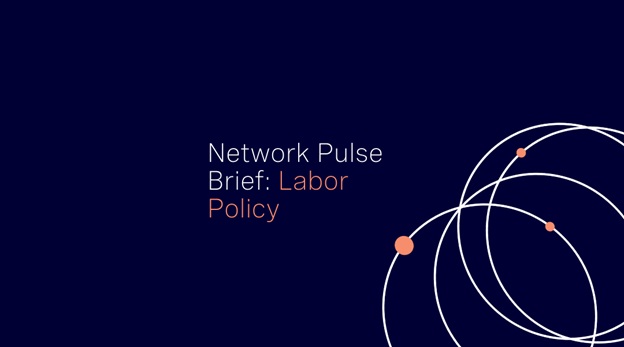What are the top three ways organizations can combat the “quiet quitting” phenomenon that has garnered so much attention in recent weeks? What technologies, strategies, resources, etc. will organizations need to rely on or implement to address falling levels of employee engagement and satisfaction?
Diana C.
Market Development Director at a Top Consulting Firm
The most important strategy to combat quiet quitting is to ensure that short-term workload demands are not entirely out of sync across the enterprise. Individuals do not want to constantly be “on demand” to produce work quickly and feel under the gun to deliver more than a few times a quarter. Burnout becomes real when it is expected regularly. Second, it is essential to use the evaluation process to listen to employees. Do employees seem overwhelmed with work and expectations? Are they always “on call”? Do they have a work/life balance? While they may be motivated to perform, they shouldn’t feel like stepping up is an expectation regularly if they don’t want to. Finally, ensure that administrative tasks are automated to the best extent possible. For example, billing, capturing hours worked and keeping contacts through a CRM like Salesforce and other platforms. When work requires unneeded time for administrative tasks, it only adds to burnout.
Diana B.
Market Development Director at a Top Consulting Firm
The top three ways to combat quiet quitting are as follows: pay frequent retention bonuses and incentives (monthly), replace low-value, busy admin with high-value work that has visible, tangible outcomes that generate positive reinforcement from peers and superiors and transparent promotion and career progression. Retention Strategies emulate subscription models like Amazon Prime, with employees receiving a continuously expanding package of rewards, i.e., frequent, ideally monthly, visible, value-based rewards and incentives – financial and other values, e.g., medical coverage, target bonus, education, home loans, etc. Resources should include meeting every two weeks or monthly with personal mentors who measure their success in retaining employees. Employees need to feel and see that they matter and that their work has a direct impact. Retaining employees need to be paid as much as attracting new employees at higher salaries – paid with financial bonuses and rewards. Technology should be used to reduce the strain of repetitive, soul-destroying, low-value admin work. Technology itself will not stop quiet quitting – the focus needs to be on high-value work, respect, and frequent tangible rewards.
Diana B.
Market Development Director at a Top Consulting Firm
The most critical element for reducing “quiet quitting” is to allow employees to disengage from work during out-of-work hours. The practice of constant comparison with peers and face-time linked promotion/incentives at work is exhausting and, in some ways, counterproductive. This corporate culture is vitiating workplaces elsewhere by causing faster burnout among employees everywhere. Insofar as technologies/strategies are concerned, allowing work-from-home/remote work in hybrid work models could be a way out of the problem. Dis-affectation toward tasks at hand and high levels of workplace-related stress is taking a toll. So bringing back a more favorable work-life balance in practice that is more than desirable statements of intent is essential. It will have a secondary impact on improving family relationships and preventing the breakdown of familial and social networks. Finally, allowing for a better bargaining power to labor over capital through appropriate policy interventions will be necessary, too, in bringing the discourse back to people and human elements of workplaces.

